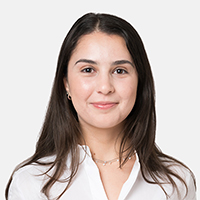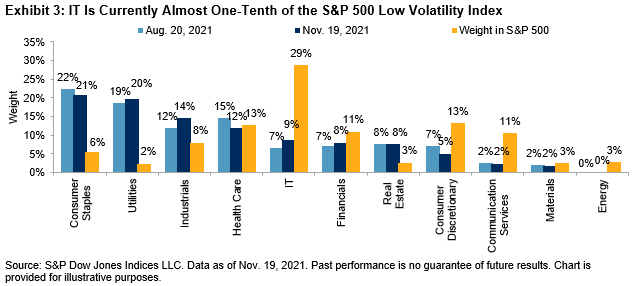The S&P GSCI, the broad commodities benchmark, declined 10.8% over the month. The poor performance was driven almost exclusively by a major correction in energy prices, as the discovery of the Omicron COVID-19 variant cast a lengthening shadow over demand growth, added further complications to global supply chains, and dampened economic growth forecasts. The release of emergency oil stocks also played into the mix.
The U.S. and other large oil-consuming nations agreed to release emergency oil stocks during the month, a sign of the growing concern among policy makers of rising gasoline prices and the contribution of energy prices to escalating levels of inflation. The coordination came after the Biden administration failed to convince oil producers, including Saudi Arabia and Russia, to produce more oil to meet demand as the world recovers from the pandemic. China has yet to detail its reserve release. News of the release coupled with the emergence of the Omicron COVID-19 variant sent energy prices on a downward spiral over the closing days of the November. The S&P GSCI Petroleum fell 17.7%, while the S&P GSCI Natural Gas declined 17.3%.
Given the turmoil in the energy complex, it was surprising that the other industrial commodities sector, industrial metals, did not fall more steeply in November. The S&P GSCI Industrial Metals fell 2.0%, with the S&P GSCI Zinc suffering the biggest monthly decline, down 5.8% after hitting a 14-year high in October. The worst of the power-related disruption to Chinese refined zinc supply appear to have been resolved, and Chinese demand for zinc has waned.
The S&P GSCI Gold was flat for the month as caution picked up across financial markets, but the U.S. dollar hit a new one-year high. The biggest move came from the S&P GSCI Silver, which fell 4.9%, more in line with the industrial metals space. About one-half of silver demand is industrial in nature.
Within agriculture, while most commodities fell a few percentage points in sympathy with energy, there were two notable outperformers that helped to bring the S&P GSCI Agriculture to nearly flat for the month (down 0.8%). The S&P GSCI Kansas Wheat continued its run from October, moving higher by another 4.4%. The export duty imposed by Russia continued to keep the global wheat market tight. Egypt, the world’s largest importer of wheat, made its biggest single purchase since 2008, buying 600,000 metric ton. The S&P GSCI Coffee was the best performer in the agriculture complex for the month, rallying 12.4%, and it gained 68.2% YTD. Coffee prices hit a 10-year high in November when a perfect brew of catalysts came together. In South America, drought followed by frosts affected the crop, while freight disruptions continued to play a role, as coffee is typically refined in countries outside of the crop’s origin.
The S&P GSCI Livestock bounced back by 2.7% in November. Cattle prices led the way, as demand was strong and outpaced increased supplies. Beef cow slaughter was 9% higher year-over-year in the U.S.
The posts on this blog are opinions, not advice. Please read our Disclaimers.


























































